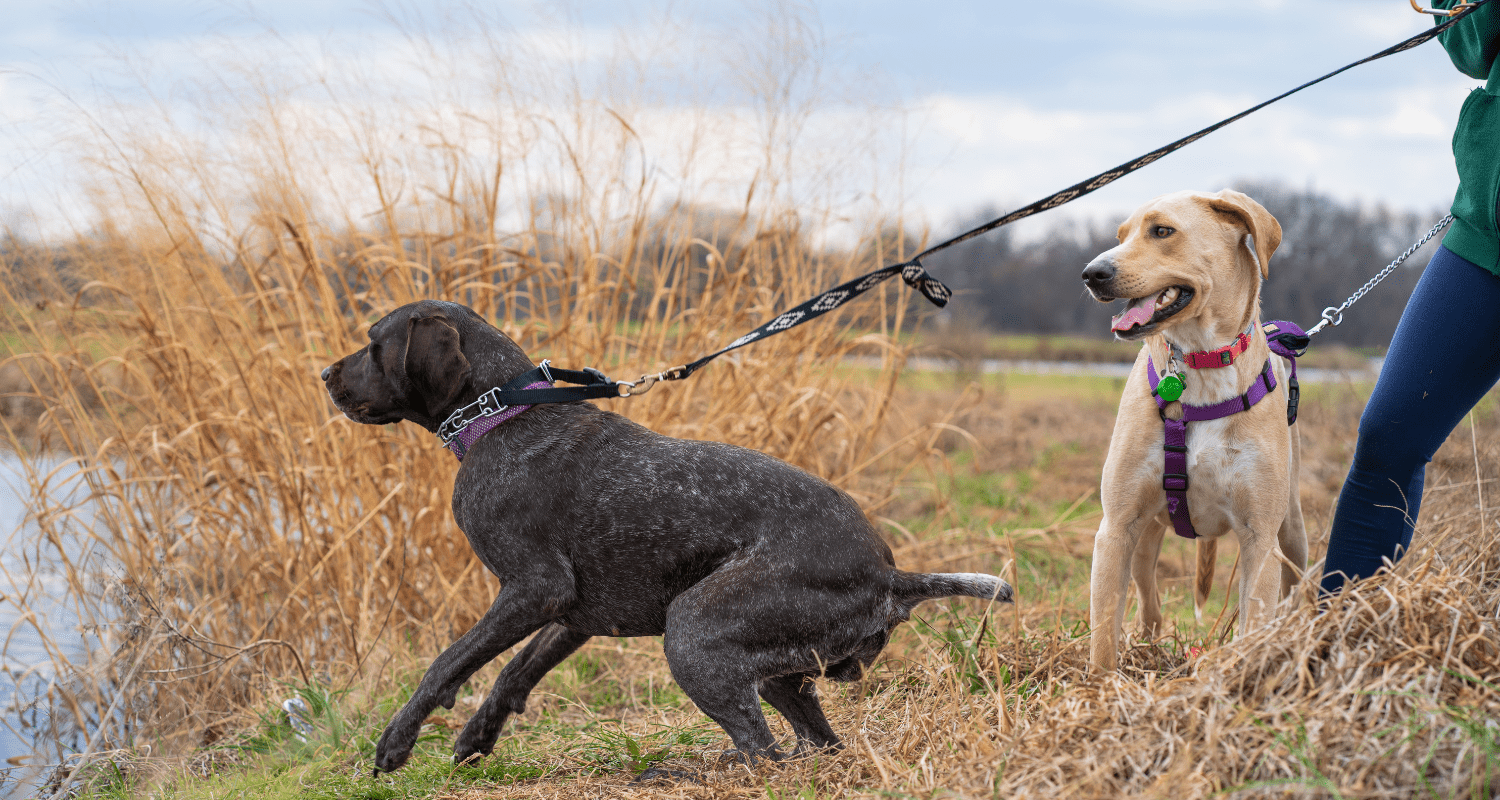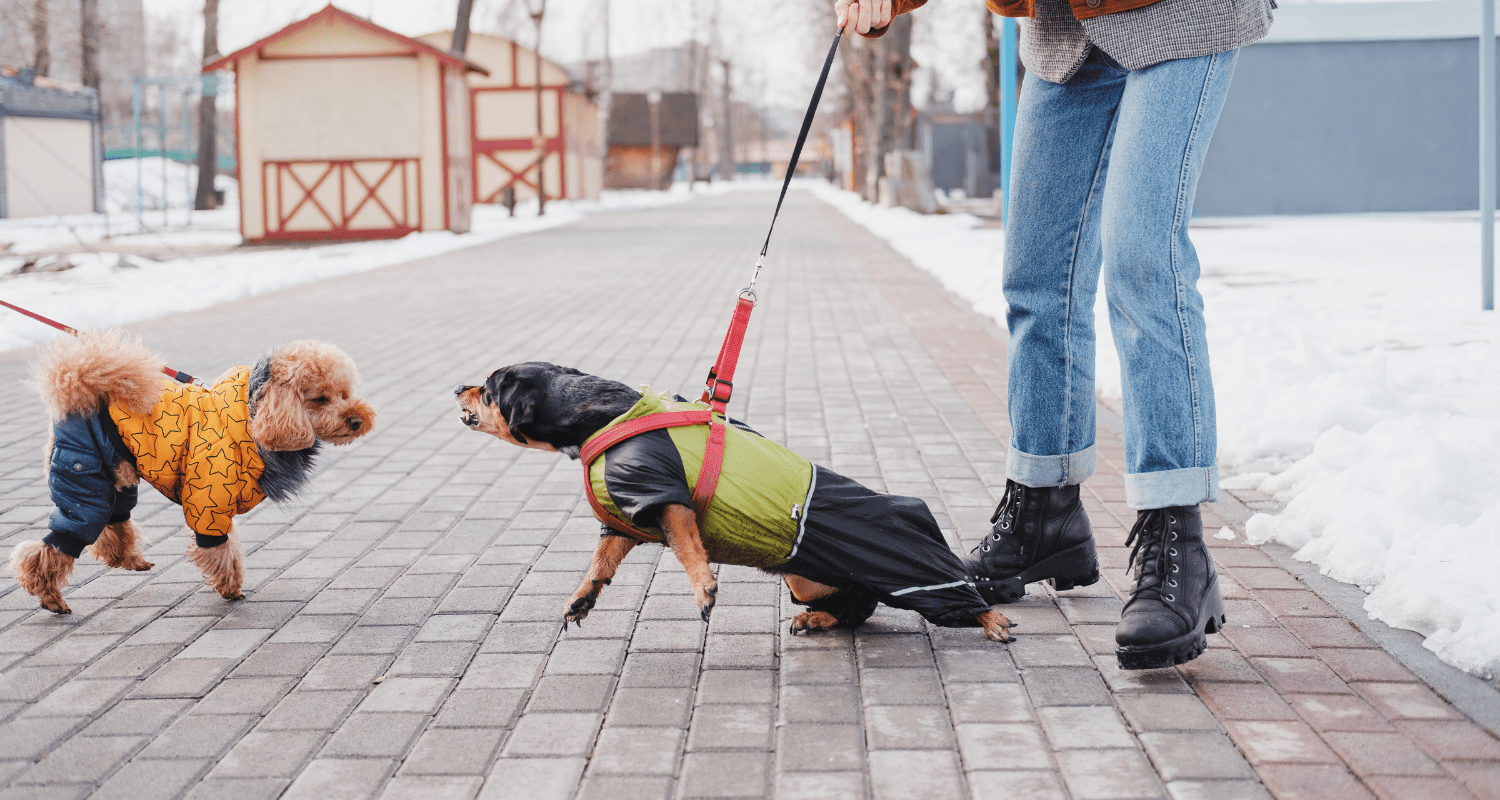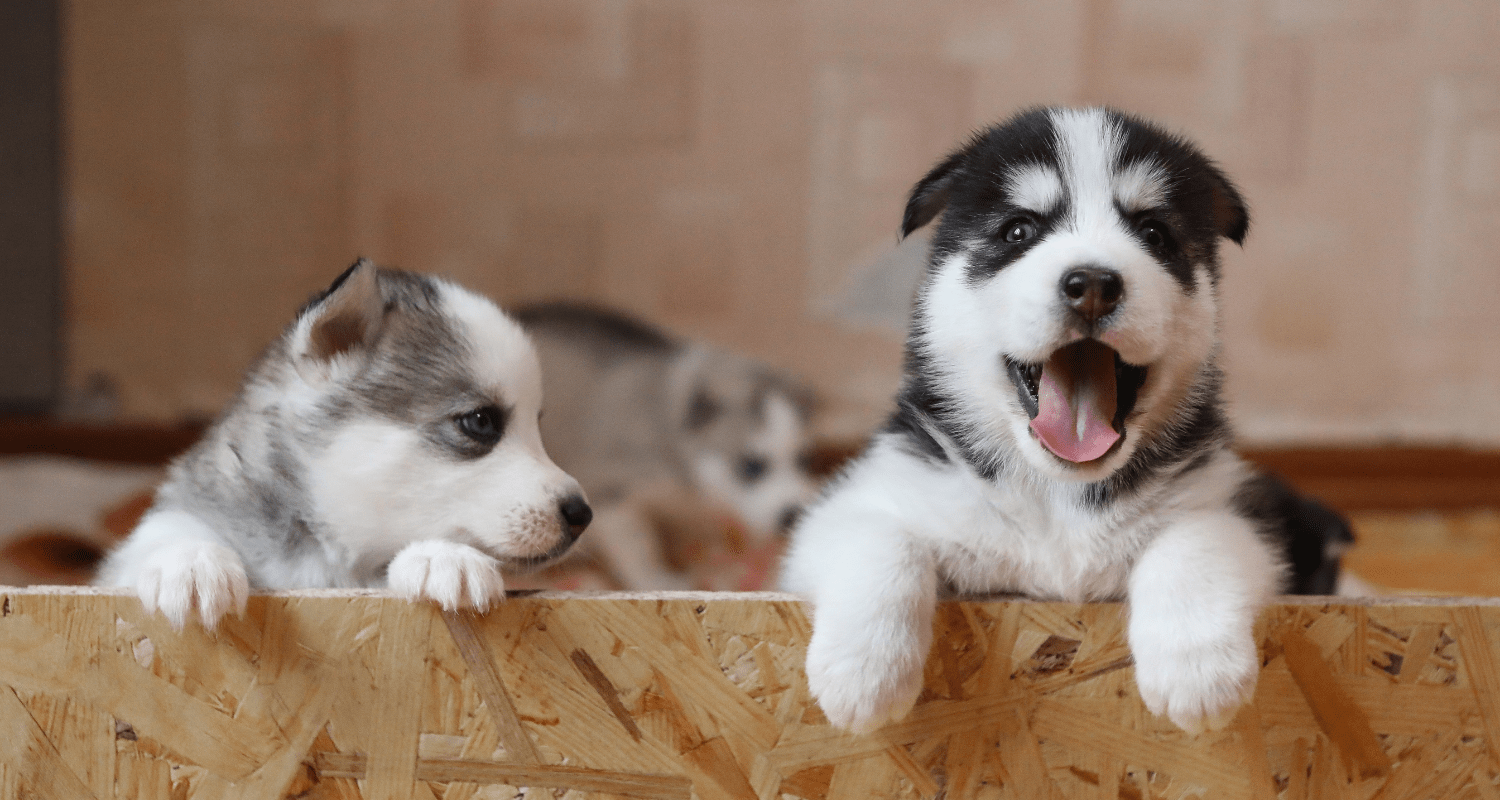Leash training is an essential skill for both you and your furry companion. Not only does it ensure your dog's safety and control in public spaces, but it also fosters a deeper bond between you and your pet. Whether you're starting with a new puppy or trying to improve leash manners with an older dog, patience, consistency, and positive reinforcement are key. In this guide, we'll walk you through the steps to leash train your dog effectively.
-
Choose the Right Equipment: Before you begin leash training, make sure you have the right equipment. A well-fitting collar or harness and a sturdy leash are essential. For puppies or dogs prone to pulling, a front-clip harness can provide better control and prevent choking. Avoid retractable leashes, as they can encourage pulling and lack the control necessary for training.
-
Introduce the Equipment: Start by getting your dog comfortable with wearing the collar or harness and being attached to the leash. Allow them to sniff and investigate the equipment before gently putting it on. Offer praise and treats to create positive associations. If your dog seems uncomfortable, take it slow and gradually increase the duration of wearing the equipment.
-
Begin Indoors: Leash training should start in a familiar and low-distraction environment, such as your home or backyard. Attach the leash to your dog's collar or harness and let them drag it around under supervision. This helps them get used to the sensation of being connected to you without the pressure of walking on the leash.
-
Practice Loose-Leash Walking: Teach your dog to walk politely on a loose leash by using positive reinforcement techniques. Start by holding the leash loosely and walking at a steady pace. If your dog begins to pull ahead, stop walking and wait for them to return to your side. Reward them with treats and praise when they walk beside you without pulling. Consistency is key; be patient and repeat this process until walking on a loose leash becomes a habit.
-
Use Positive Reinforcement: Positive reinforcement is the most effective method for leash training. Reward desired behaviors, such as walking calmly beside you or checking in periodically, with treats, praise, or toys. This encourages your dog to repeat those behaviors in the future. Avoid punishment or harsh corrections, as they can damage the trust between you and your pet and may worsen leash-related issues.
-
Gradually Increase Distractions: Once your dog masters loose-leash walking indoors, gradually introduce more distractions, such as other dogs, people, or unfamiliar environments. Start in quiet areas and gradually progress to busier settings. Use higher-value rewards to keep your dog focused on you in distracting situations, and be patient as they learn to maintain good leash manners in various environments.
-
Practice Consistently: Consistency is crucial for successful leash training. Make leash walking a regular part of your daily routine, incorporating short training sessions into your walks. Be patient and understanding, and remember that every dog learns at their own pace. With time and practice, your dog will become a confident and well-behaved walking companion.
Leash training is a rewarding journey that strengthens the bond between you and your dog while promoting safety and good manners. By following these steps and incorporating patience, consistency, and positive reinforcement, you can teach your dog to walk calmly and confidently by your side. Enjoy the journey of leash training, and celebrate each small victory along the way. Happy walking!





Leave a comment
This site is protected by hCaptcha and the hCaptcha Privacy Policy and Terms of Service apply.